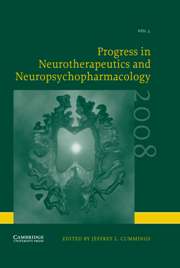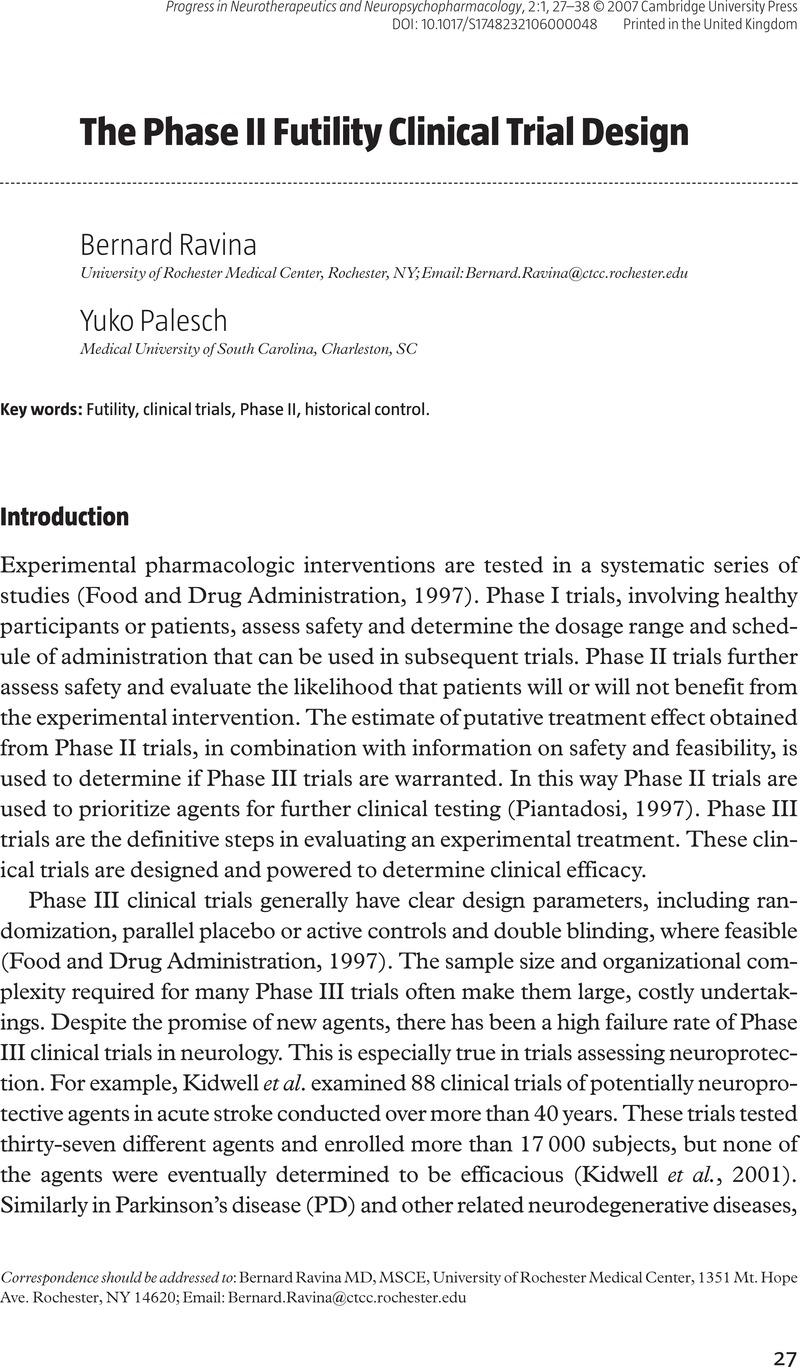Crossref Citations
This article has been cited by the following publications. This list is generated based on data provided by Crossref.
Coffey, Christopher S.
2012.
Clinical Trials in Neurology.
p.
91.
2012.
Clinical Trials in Neurology.
p.
78.
Zhong, Bob
2012.
Single-arm phase IIA clinical trials with go/no-go decisions.
Contemporary Clinical Trials,
Vol. 33,
Issue. 6,
p.
1272.
Zhong, Wayne
and
Zhong, Bob
2013.
One-Sample Proportion Testing Procedures for Hypothesis of Inequality.
Journal of Biopharmaceutical Statistics,
Vol. 23,
Issue. 3,
p.
604.



